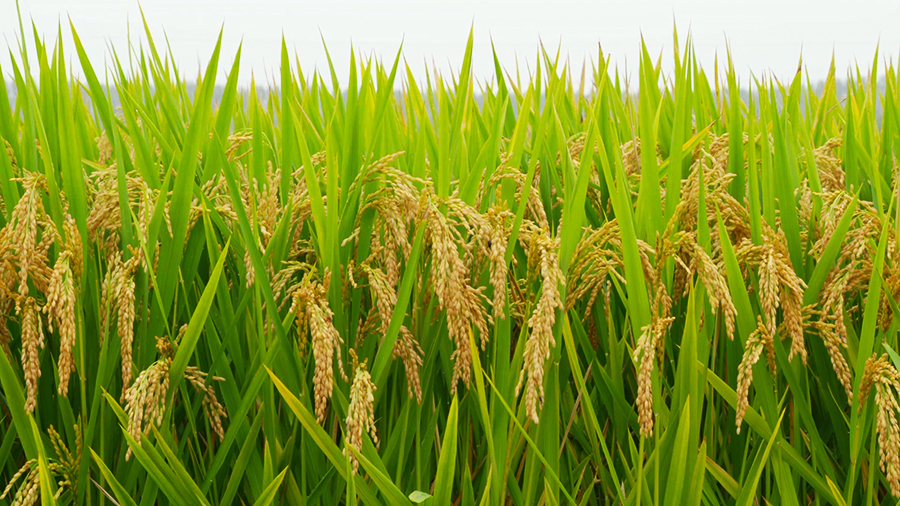YANG Shu-ming, ZHANG Su-hua, DU Juan, YANG Tao, PU Xiao-ying, YANG Xiao-meng, ZENG Ya-wen
In order to explicit objective breeding traits in various alpine-cold ecological regions of japonica rice in Yunnan Province.A set of 105 near-isogenic lines,BC4F8 was developed by backcrossing between Lijiangxintuanheigu(the stongly cold-tolerant japonica landrace,grant No.2)as a donor parent and Towada(cold-sensitive japonica cultivar)as a recurrent parent,and was used as materials,and were grown in Baiyi(alpine-cold Japonica rice region,AJRR),Xundian(cool-warm Japonica rice region,CWJRR)and Yuxi(Indica and Japonica rice interlace region,IJRIR)in Yunnan,respectively.The regulation pattern for 22 growth and grain yield-related traits in three locations was discussed by two-way ANOVA,principle component analysis,stepwise regression analysis and path analysis.The results indicated that No.of panicles per plant(NPP),peduncle length(PDL),node length under spike(NLUS),panicle length(PL),No.of primary rachis branches(NPRB),number of secondary rachis branches(NSRB)and number of spikelets per panicle(NSPP)were mainly attributed by genotypes.The difference of environmental conditions was the main factor affecting plant height(PH),length of flag leaf(LFL),blighted grains per panicle(BGPP),dry straw weight per plant(DSWP)and biomass yield per plant(BYP).Width of flag leaf(WFF),width of the 2nd leaf from the top(WWLF),filled grains per panicle(FGPP),seed setting rate(SSR),thousand-grain weight(TGW)and grains yield per plant(GPP)were mainly influenced by genotypes×environments interaction.The results of principle components analysis showed that the main factors influencing GPP were NPP,NSPP,TGW,SSR,LFL,WFF,anther development,panicle exsertion and dry matter accumulation.The conclusions according to multiple stepwise regression analysis and path analysis were consistent,which showed that there were different dominant factors in various locations.The comprehensive effects of 3 main agronomic traits on GPP ranked as follows:TGW > SSR > NPRB,determination coefficient of three factors was 0.831,and the direct effects of all traits was positive in AJRR.The coefficient of determination reached 0.872,and the magnitude of each factor affecting GPP was SSR,Length between first to second node,LFL,PDL,whereas the biggest direct positive effects on grain weight per plant was SSR and LFL in CWJRR.The coefficient of determination reached 0.855,and the magnitude of each factor affecting GPP was NSPP,TGW,DSWP,WFF,NPP and anther volume,which direct effects of grain weight per plant was positive in IJRIR.The high yield structure was obtained according to multiple statistics in three regions,respectively.The coordinating relationship between grain weight and grain number per panicle should regard as an important criteria in AJRR and CWJRR.Moreover,grain number per panicle,massive-spike and panicle number per plant were selected in IJRIR.
